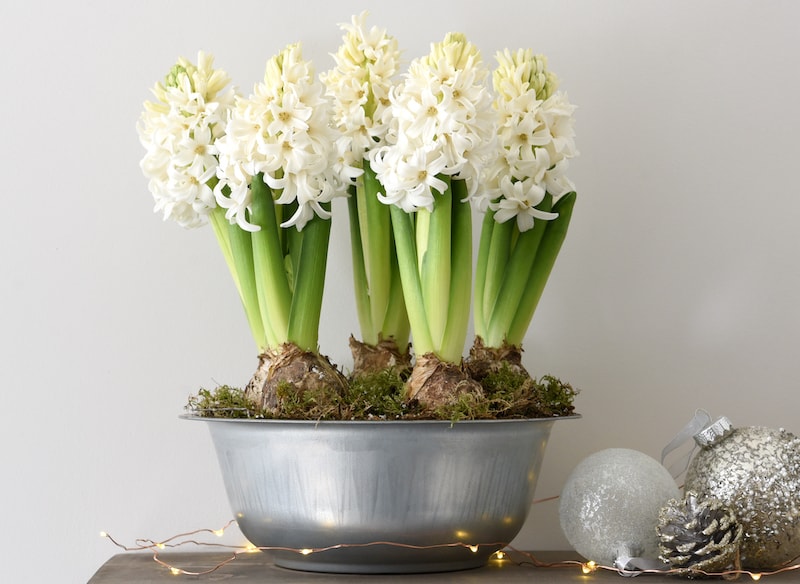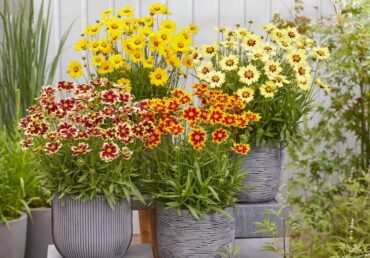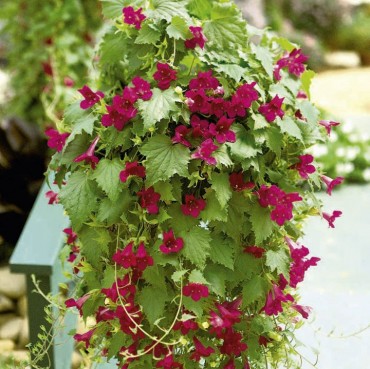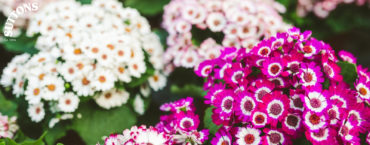Here’s our ultimate guide to forcing your own flowering bulbs out of season! If you want to enjoy a house full of flowers through the winter or create a glorious display just in time for Christmas, here are our top tips.
From classic hyacinths and impressive amaryllis to highly scented daffodils and ruffled double tulips, there are so many bulbs from which to choose. Here’s how.
How do you force indoor bulbs?
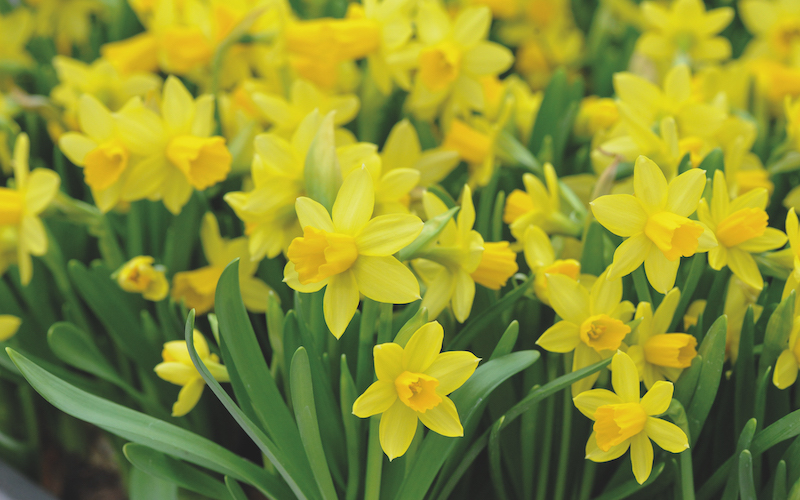
Daffodils can be forced to be enjoyed throughout the winter
Image: Daffodil ‘Tete a Tete’ from Suttons
You can force your spring-flowering bulbs to bloom much earlier in the season by controlling the level of light and the temperature they’re exposed to. To enjoy flowers at Christmas, make sure you start your indoor bulbs no later than September. If you stagger your planting over a series of weeks, you’ll be able to enjoy displays throughout the entire winter.
Prepare your spring-flowering bulbs by placing them in the fridge. They’ll need to chill at around 4 degrees for about 10 to 15 weeks. Spring-flowering bulbs need a period of cold to flower properly, and keeping them chilled simulates a period of ‘winter’. It’s also important to make sure your spring bulbs are stored in the dark, so use an opaque bag to contain them.
Summer-flowering bulbs can be forced in the same way, but don’t chill them before potting up. They don’t need a cold period to induce flowering or growth.
Where should I plant my forced indoor bulbs?
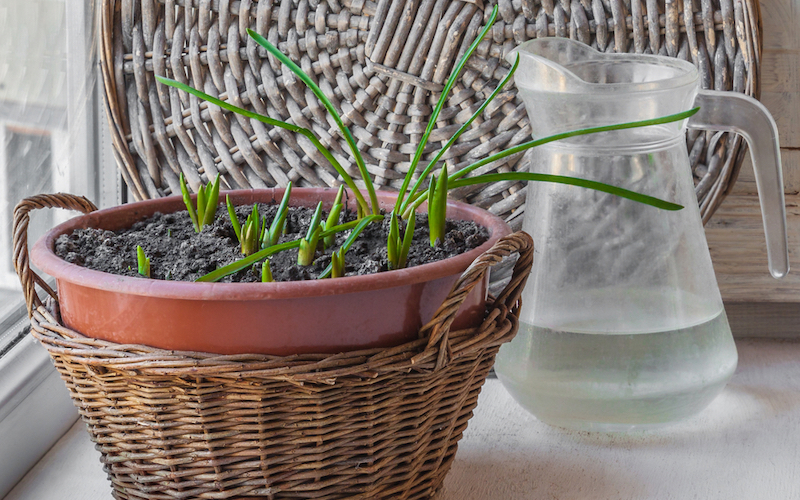
As soon as shoots start appearing, move your containers to a windowsill
Image: Shutterstock
Plant your forced indoor bulbs in heavy-based, decorative pots using a peat-free bulb compost and some specialist bulb-starter. A thick potting mix with plenty of grit will help to anchor your bulbs and support them as they become top heavy with flowers. It will also improve the drainage as bulbs don’t like to sit in waterlogged soil. Planting depths are less crucial for forced indoor bulbs, so don’t worry about leaving your bulb slightly exposed or using a shallower container than you usually would outdoors.
When you’ve planted your bulbs, water them in and move the containers to a cool, dark, sheltered area. Cover the surface with newspaper to make sure no light reaches the soil surface.
As soon as shoots start to appear, move your containers to a bright sunny spot indoors. Ensure that your bulbs have plenty of healthy root growth showing at the base of the pot too, before you move them out of their dark cool space. If the roots are underdeveloped when the potted bulb is moved into warmer temperatures, the top growth will be stunted and the blooms undersized.
When choosing a place to display your bulbs, avoid areas near sources of dry heat like radiators. And remember to keep an eye on the soil moisture levels to make sure the compost doesn’t dry out.
What should I do once my forced indoor bulbs stop flowering?
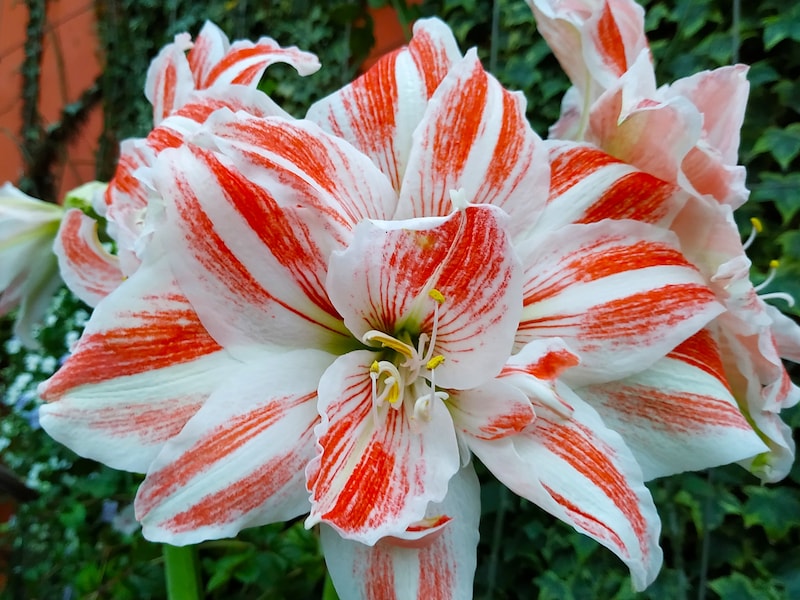
Amaryllis can be forced a second time
Image: Amaryllis ‘Dancing Queen’ from Suttons
Once your bulbs finish flowering, you can either move them into the garden to die down and flower next year, or simply dispose of them if you have limited outdoor space. You can’t force bulbs indoors again a second time, apart from amaryllis.
If you want to keep your bulbs to flower again outdoors, remove the flowers before energy is put into seed production and allow the foliage to completely die back naturally. Once the foliage has browned, remove and move the bulbs to a dry cool space. Plant the finished bulbs in the garden and enjoy a display the following spring or summer. Find out more in our guide to growing spring-flowering bulbs.
Which are the best bulbs to force indoors for a winter display?

With a little effort, you can force tulip bulbs for gorgeous winter displays
Image: Tulip Murillo Mixed Bulbs
You can force most ordinary outdoor bulbs, both spring and summer flowering. Here are 5 of the best spring-flowering bulbs to force to flower during winter:
1. Hyacinth bulbs
Hyacinth are classic indoor bulbs, producing attractive straplike leaves and highly-scented dense flowering spikes. Plant these bulbs with half the tops exposed, using moss or grit to pack around the bulb tops. If you’re using unprepared bulbs, store in the fridge in a bag for 4 to 6 weeks before planting. Plant up a host of decorative containers with hyacinths in white, ‘Delft Blue’ and pink for an excellent flowering display and gorgeous scent throughout the house.
2. Daffodil bulbs
Daffodils come in all shapes and sizes, and make ideal indoor bulbs. Choose a compact dwarf variety like the popular ‘Tete a Tete’ for a tidy and compact display. Plant prepared Narcissus papyraceus bulbs for a traditional display and heady scent over the festive season – these ‘Paperwhites’ take half the time between planting and flowering compared to other narcissus. Chill ordinary daffodil bulbs for 9 weeks before potting up to ensure you get a decent flowering display.
3. Crocus bulbs
Crocus bulbs produce much shorter foliage and flowers, so are a good choice for smaller spaces. With plenty of colour to make up for their short stature, these bulbs are an excellent choice for brightening your home over winter. Plant your bulbs in a wide and shallow decorative container closely together for a dense flowering display. Chill unprepared bulbs for 8 to 10 weeks before planting in their final containers.
4. Amaryllis bulbs (hippeastrum)
Amaryllis produce a truly impressive display, with good quality bulbs producing 2 to 3 stems with 4 or 5 flower heads each. Amaryllis are also easy to force indoors as they don’t require a chilling period. Plant your bulbs in mid-September for a Christmas display. Choose a classic velvety red for a festive flowering display or try a variegated type like ‘Dancing Queen’. Plant your amaryllis in a snug container to keep the compost compact around the roots. Unlike other bulbs, amaryllis can be ‘forced’ year after year for a repeated Christmas display.
5. Tulip bulbs
Tulip bulbs require a long period of cold before they can be forced indoors so you’ll need to chill your bulbs for 14 to 20 weeks to encourage good flowering. They’re worth the wait, with scented blooms, large double flower heads, and exciting colour combinations. Try a dwarf tulip variety for a compact display or mix up your tulip bulbs for interesting colour combinations.
Other bulbs to try include dwarf iris reticulata and chionodoxa, and why not try your favourite summer flowering bulbs too!
We hope you now have all you need to force your own flowering bulbs indoors! Check out all our growing guides for more tips and advice on growing flowers and vegetables.
Lead image: Hyacinth in a Zinc Bowl from Suttons
Last Updated on August 4, 2025 by Suttons Horticultural Team

